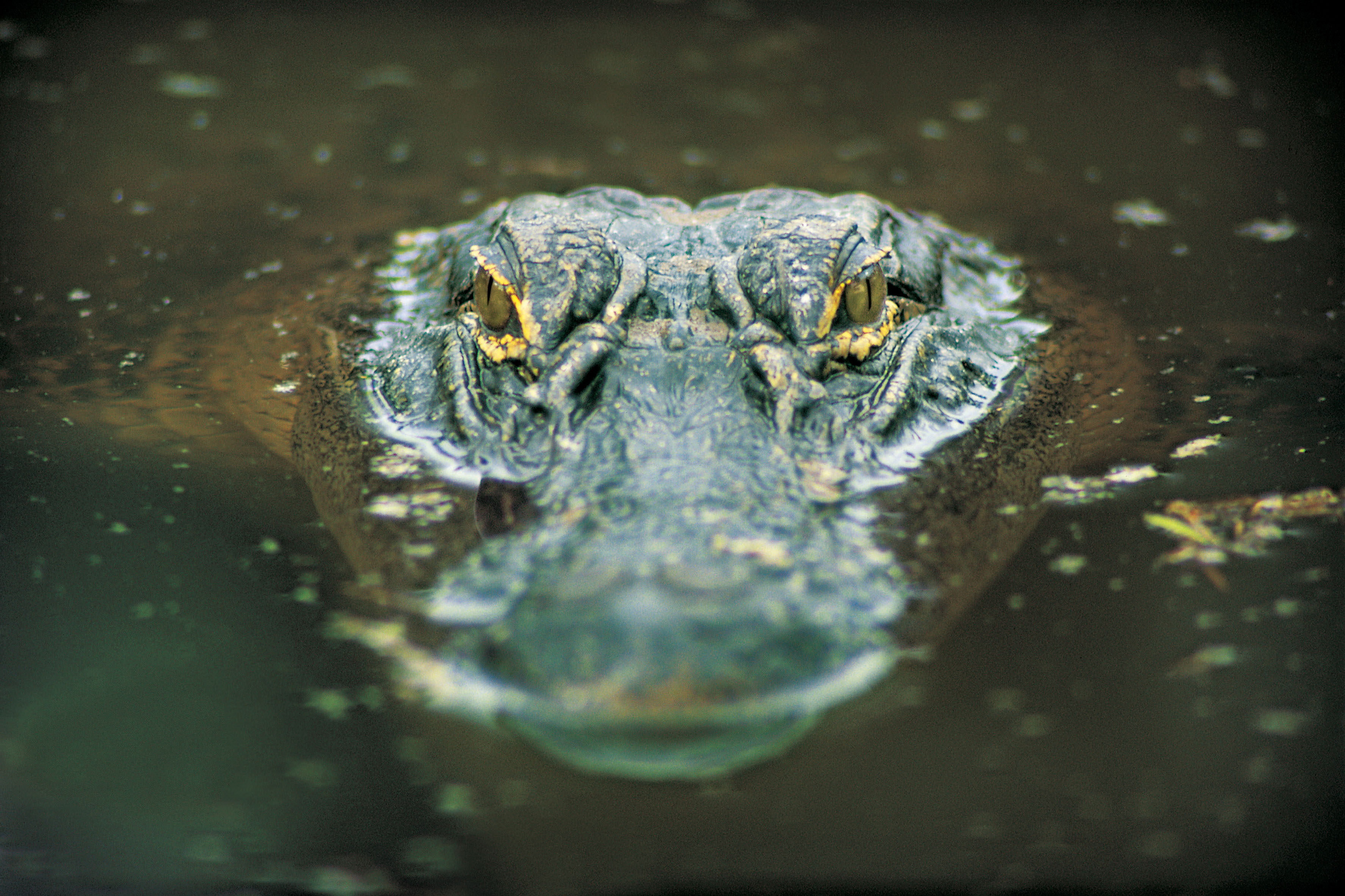Dioxins derived from the antibacterial agent triclosan, used in many hand soaps, deodorants, dishwashing liquids and other consumer products, account for an increasing proportion of total dioxins in Mississippi River sediments, according to University of Minnesota, USA, research led by William Arnold and Kristopher McNeill.
Triclosan, when exposed to sunlight, generates a specific suite of four dioxins, 2,8-dichlorodibenzo-p-dioxin (2,8-DCDD) and the congeners 2,3,7-TriCDD, 1,2,8-TriCDD, and 1,2,3,8-TetraCDD. Over 30 years, the levels of these four dioxins have risen by 200 to 300 %, while levels of all the other dioxins have dropped by 73 to 90 %.
About 96 % of triclosan from consumer products is disposed of in residential drains, leading to high concentrations entering wastewater treatment plants where it is incompletely removed.
- Dioxin Photoproducts of Triclosan and Its Chlorinated Derivatives in Sediment Cores
J. Buth, P. Steen, C. Sueper, D. Blumentritt, P. Vikesland, W. Arnold, K. McNeill, Environ. Sci. Technol. 2010.
DOI: 10.1021/es1001105


